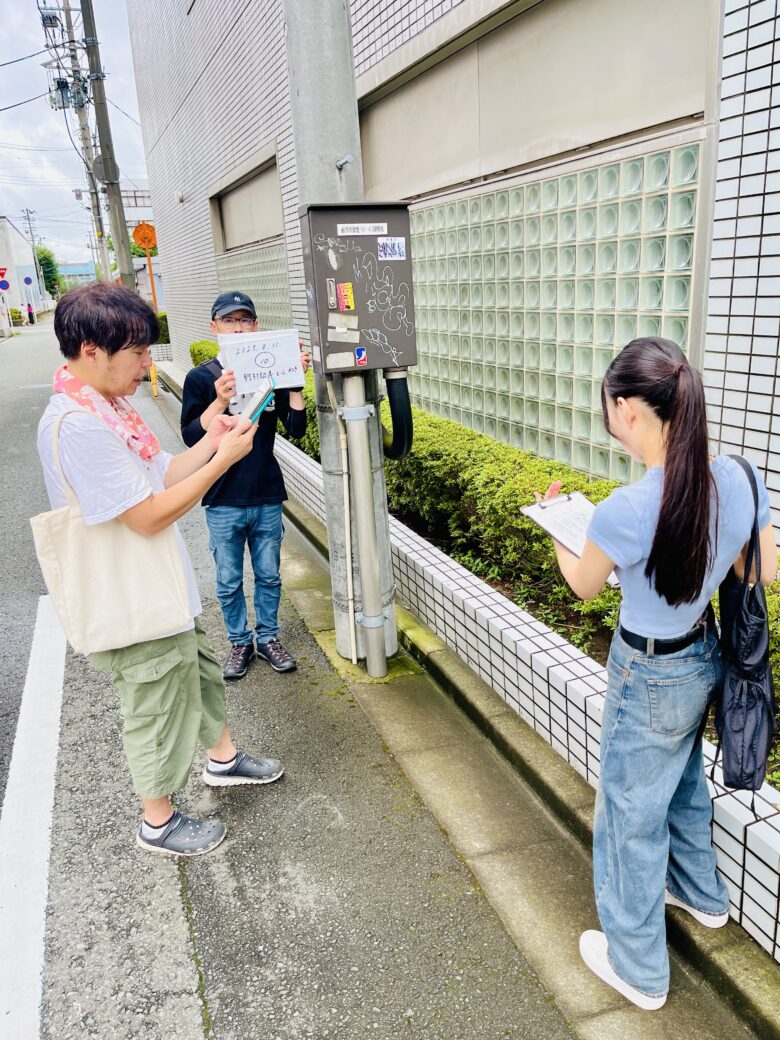私は、NGO RASICAという団体の代表でもあるのですが、2025年8月11日(月・祝)に、NGO RASICAのメンバーと高校生のボランティアと一緒に社会調査を行いました。内容は、第2回落書きの観察調査と第1回石敢當の探索です。2024年1月1日に第1回調査を行ってから少し日が空いてしまいましたが、真夏で蒸し暑かったので熱中症対策(途中で広栄堂でかき氷を食べました)をしっかりして楽しみながら行いました。落書きは1年半前に行ったときより減っていて(公共物に書かれていたものは消されていた)、それには驚きでしたが、よく見るとまだあるなぁと思いました。落書きとアートの境目の線引きが難しいところですが、個人的には同じマーク(チーム名なのか個人のサインなのか)を繰り返し目立つ場所に書いているのは落書きで、色や形・書体等を変えながらギリギリ見られないようなところに書くのはアートよりかなと思っています。
秋田駅西口から中央通りを旭川方面(西)に向かって歩きながら歩道沿いの落書きを探して、写真を撮ってGoogleマップで緯度経度を把握しました。
秋田市内の落書きの調査結果:マイマップはこちら
さらにそこから南に移動して楢山方面で石敢當を探しました。ウェブで石敢當マップや古い地図などがアップされていて、それをもとにGoogleマップのストリートビューで見つけられたものを中心に探しました。石敢當、と書かれずに敢當石、石散當、と書かれているものもありました。NGO RASICAのメンバーも高校生ボランティアも楽しく秋田の歴史を知りましたし、ずっと歩きましたのでウォーカブルな街づくりとは、と考える良い機会になりました。
石敢當の調査結果:マイマップはこちら
石敢當(いしがんとう、いしがんどう、せきかんとう、せっかんとう)について
石敢當は、丁字路の突き当り等に設けられる「石敢當」などの文字が刻まれた魔よけの石碑や石標のこと。石敢当、泰山石敢當、石散當等と書かれたものもある。中国で発祥したもので、日本では主に沖縄県に多く分布する。秋田県には、幕末から明治初期に建てられたと考えられる古い石敢當が多い。元来は福建省を発祥とする中国の風習で、泰山の頂上にも石敢當が存在する。中国本土、日本のほか、台湾、香港、マレーシア、ベトナム、シンガポールなどでも見られる。
役割は「魔除け」。「マジムン」という魔物がいて、彼らは「直進しかできない」習性があると信じられていて、そのため、マジムンが入ってこないように、丁字路や三叉路に置かれている。魔物が石敢當にぶつかると砕け散ってしまうのだと考えられている。
第38回秋田市夏まつり雄物川花火大会に参加しました
2025年8月11日(月・祝)午後7時半から雄物川河川敷で第38回秋田市夏まつり雄物川花火大会が行われ、厚生委員会としてお声がかかりましたので参加してきました。委員会に声をかけて議員を招待してイベントを見せるのは、運営がどのように行われているのか、規模感や参加者の様子などが知れるとても良い機会だと思います。
会場は、家から歩いて3キロほどですが、今回は公共の交通機関がどのような状態かを見たくて使ってみました。まずは会場と反対の方向である秋田駅に向かい、乗り換えて雄物大橋方面に向かうバスに乗り換えるのですが…なんと秋田駅からのバスに乗車希望する人があまりにも多く、乗車することができませんでしたので、急遽御所野イオン方面に行くバスに乗って羽後牛島駅前で下車して歩きました。このような事態に出くわすと、秋田市の公共交通網は、瞬間最大風速には耐えられないのが現状なのだなと思いました。時間がかかって大変でしたが無事に花火が始まる前に着くことができました。公共の交通機関を考える良い機会になりました。
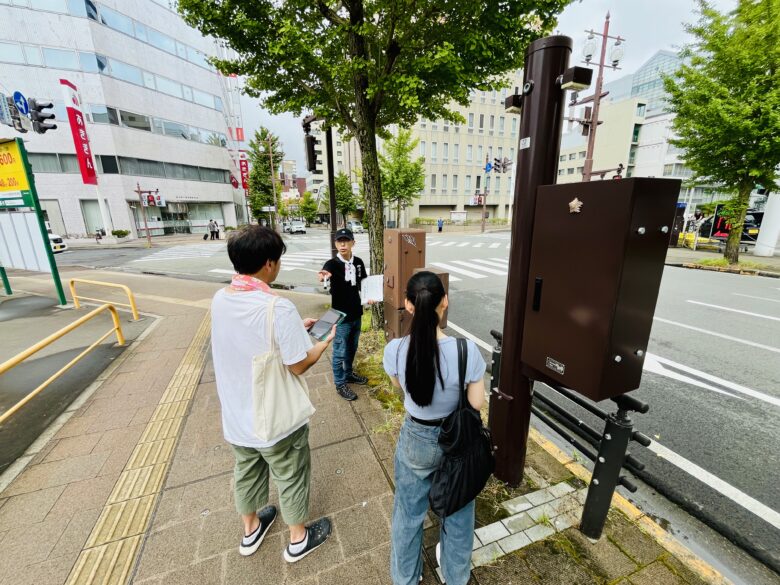
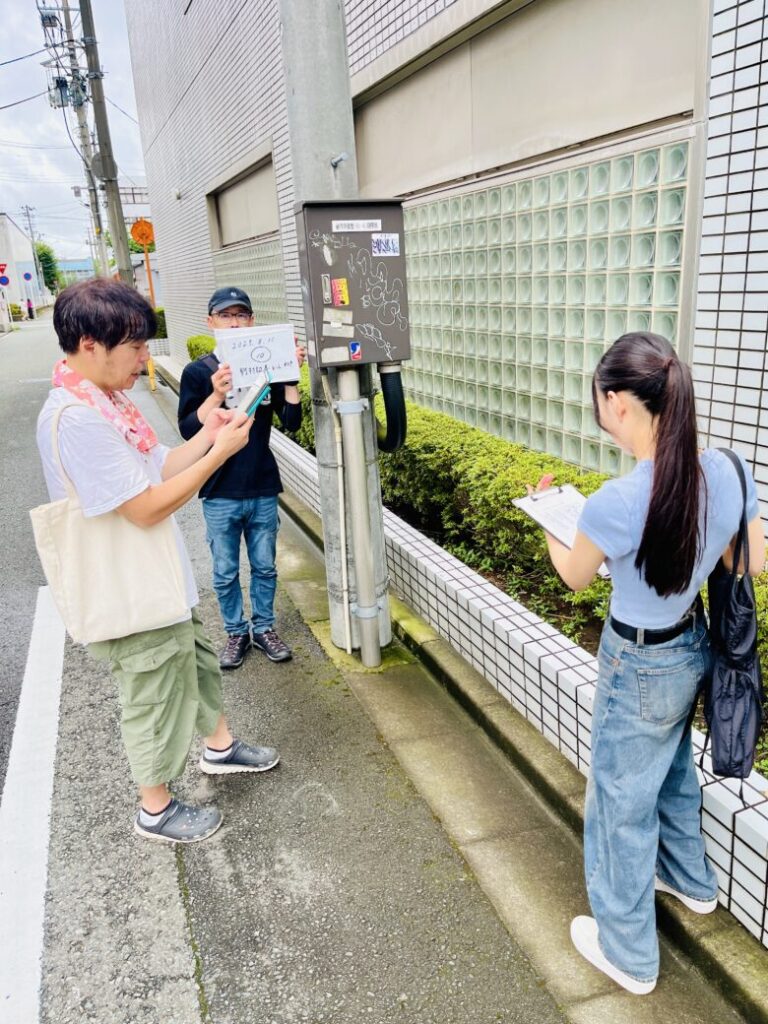
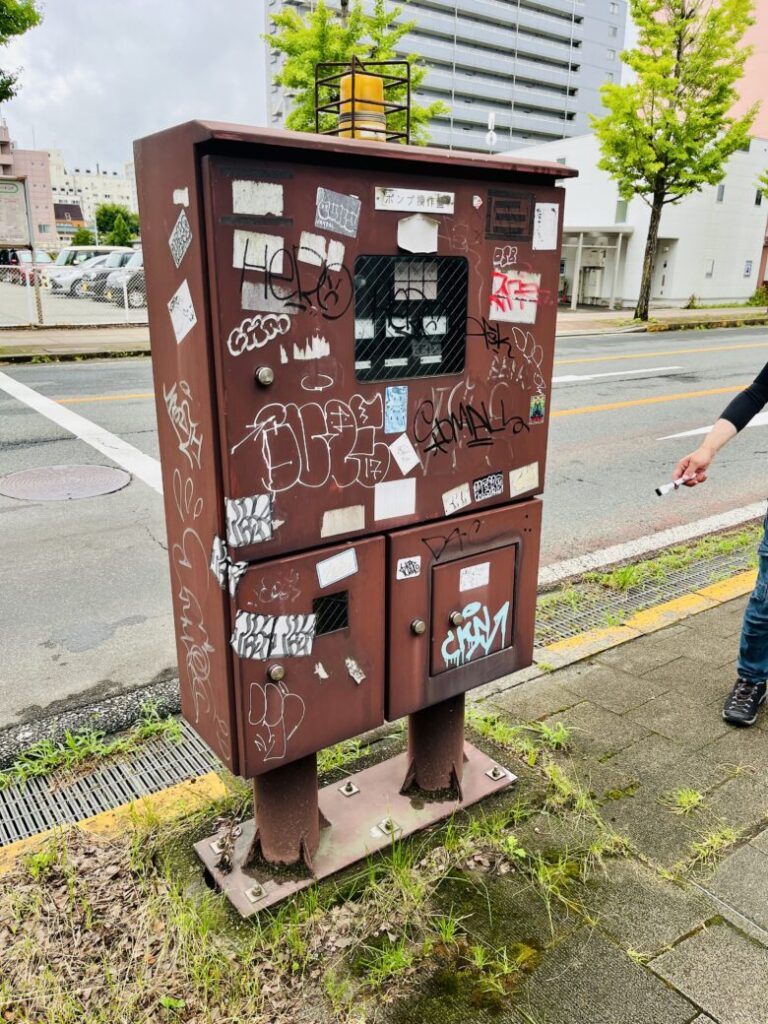
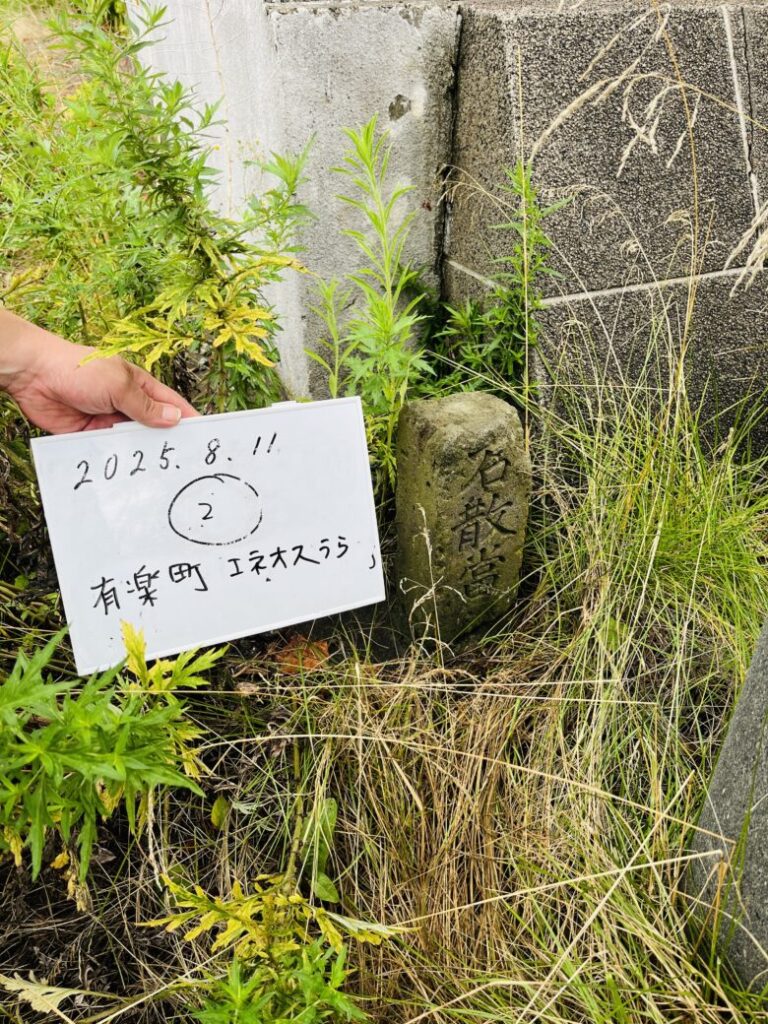
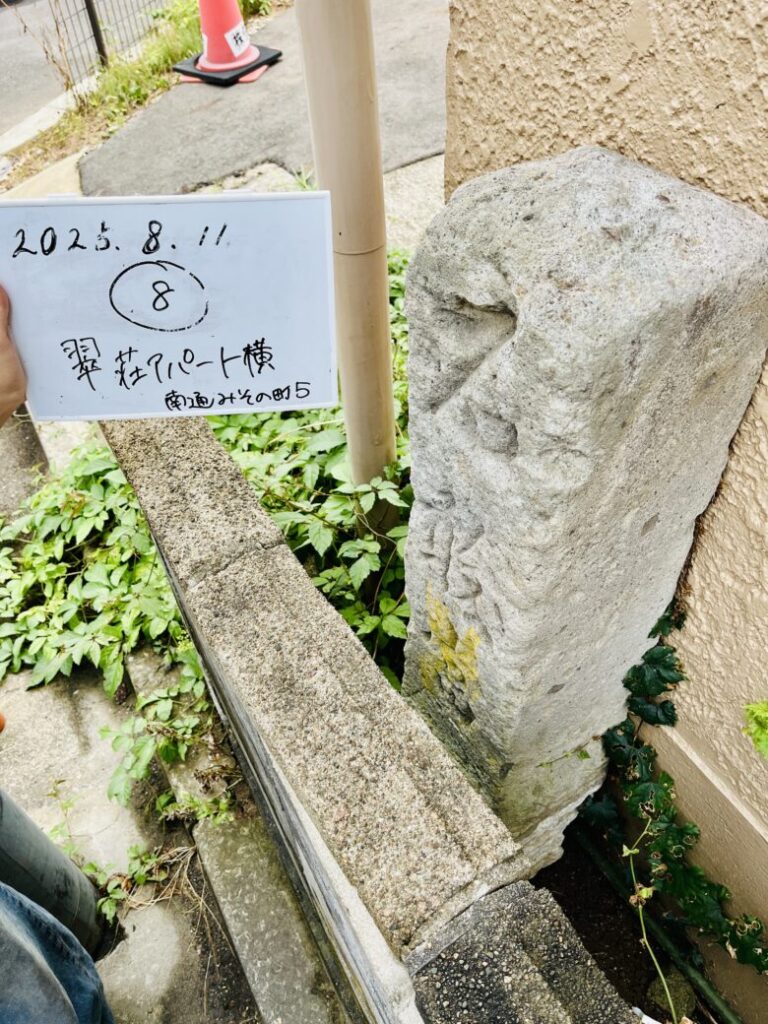
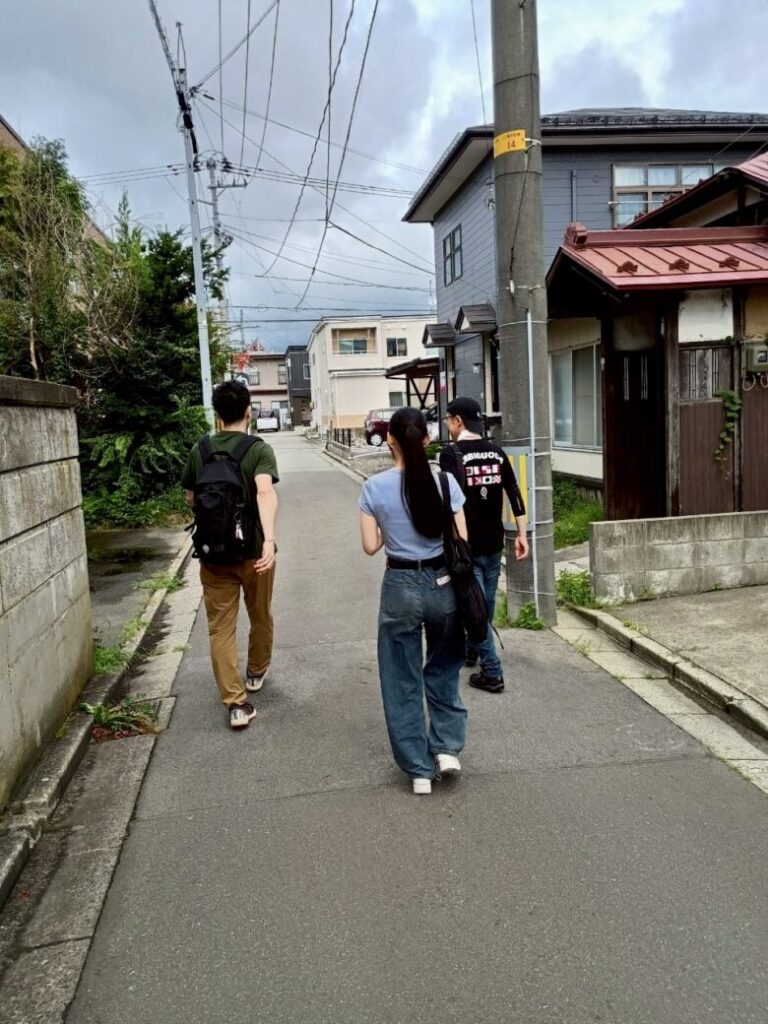
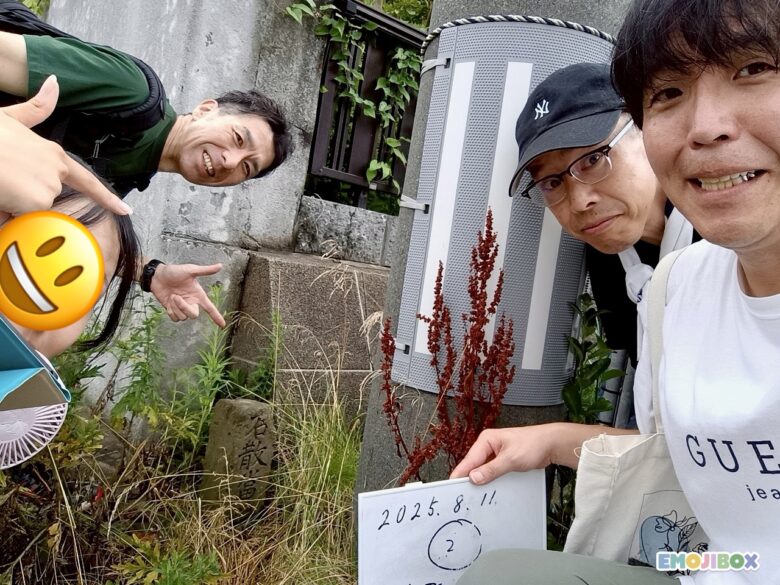
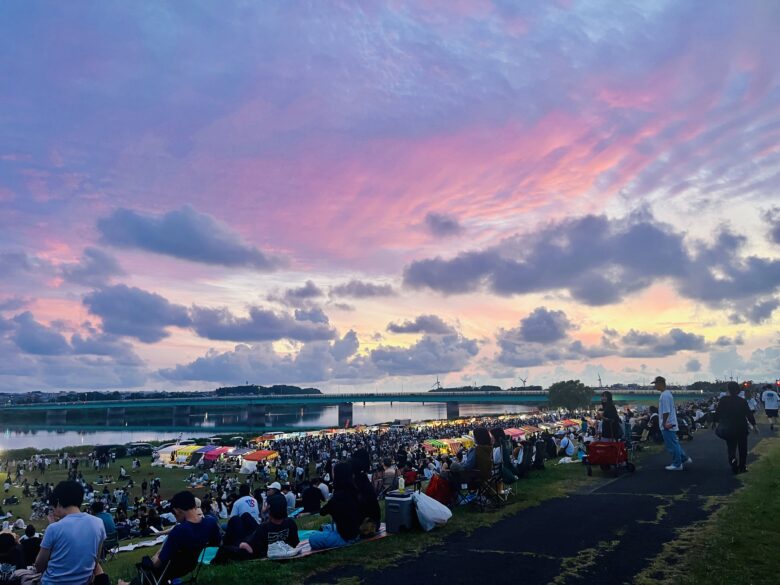
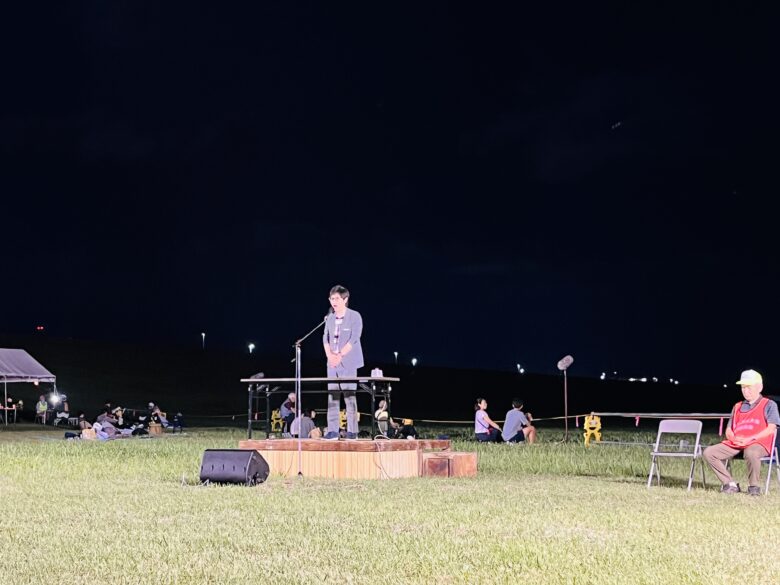
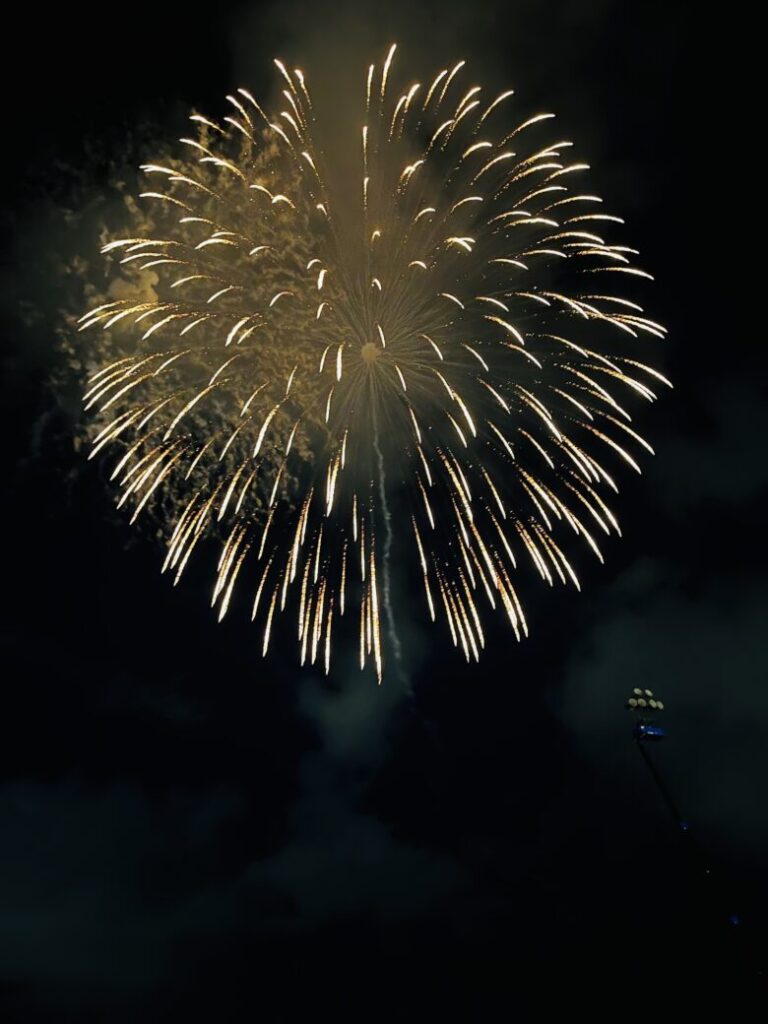

【English】
250811 – Social Research with NGO RASICA (Graffiti Observation & Ishiganto Exploration)
I’m also the head of an organization called NGO RASICA. On Monday, August 11, 2025, together with our members and high school volunteers, we did some social research. We had two activities: our second “graffiti observation” and our first “Ishiganto exploration.”
The last time we did research was on January 1, 2024, so it had been a while. It was a hot summer day, so we made sure to take care against heatstroke — and even enjoyed shaved ice at Koueido along the way. We found less graffiti compared to a year and a half ago (graffiti on public property had been removed), which was surprising. Still, there were some remaining. The line between graffiti and art can be tricky, but for me, if the same mark is repeated in obvious spots, it’s graffiti; if the design, colors, and shapes change and it’s hidden in less noticeable places, it feels closer to art.
We walked from Akita Station West Exit toward Asahikawa, taking photos of graffiti along the sidewalk and recording their locations on Google Maps. Later, I’ll make a MyMap and share it. Then we headed south to Narayama to look for Ishiganto (protective stone markers). Using online maps and old maps, we searched for ones we had spotted on Street View. Some were written as 敢當石 or 石散當 instead of 石敢當. Everyone enjoyed learning about Akita’s history, and walking so much made us think about what makes a city “walkable.”
Ishiganto are stone markers with words like 石敢當, placed at the end of T-shaped or three-way streets to ward off evil spirits. They originated in China and are common in Okinawa, but Akita has many old ones from the late Edo to early Meiji periods. The belief is that monsters called Majimun can only walk straight, so these stones block their way and destroy them.
38th Akita City Summer Omagari Fireworks on the Omono River
At 7:30 p.m. the same day, the 38th Akita City Summer Festival Omono River Fireworks took place. I was invited as a member of the Welfare Committee, so I joined. These invitations are a great chance to see how events are run, how big they are, and how people enjoy them.
The venue is about 3 km from my home, but this time I wanted to see how public transportation was working. I first went to Akita Station, then tried to catch a bus toward the Omono Bridge area — but there were too many people, and I couldn’t get on. So, I took a bus toward Aeon Goshono instead, got off at Ugo-Ushijima Station, and walked. This made me realize that Akita’s public transport can’t handle sudden, very high demand. Even though it took extra time, I arrived before the fireworks started. It was a good chance to think about our public transport system.
【Español】
250811 – Investigación social con la ONG RASICA (Observación de grafitis y búsqueda de Ishiganto)
También soy el representante de una organización llamada ONG RASICA. El lunes 11 de agosto de 2025, junto con los miembros y voluntarios de secundaria, realizamos una investigación social. Hicimos dos actividades: nuestra segunda “observación de grafitis” y nuestra primera “búsqueda de Ishiganto”.
La última investigación había sido el 1 de enero de 2024, así que ya había pasado un buen rato. Como hacía mucho calor y humedad, tomamos medidas para evitar golpes de calor —y hasta disfrutamos un granizado en Koueido a mitad de camino. Encontramos menos grafitis que hace un año y medio (los que estaban en propiedad pública habían sido borrados), lo cual nos sorprendió. Aun así, todavía había algunos. La línea entre grafiti y arte es difícil de definir, pero para mí, si se repite la misma marca en lugares visibles, es grafiti; si cambia colores, formas y estilos y se pone en sitios menos obvios, se acerca más al arte.
Caminamos desde la salida oeste de la estación de Akita hacia Asahikawa, tomando fotos y registrando la ubicación en Google Maps. Después, haré un mapa personalizado y lo compartiré. Luego fuimos al sur, hacia Narayama, para buscar Ishiganto (marcadores de piedra protectores). Usamos mapas en línea y antiguos, y encontramos algunos que en vez de 石敢當 decían 敢當石 o 石散當. Todos disfrutamos aprender sobre la historia de Akita, y caminar tanto nos hizo pensar en lo que significa una ciudad “caminable”.
Ishiganto son piedras con inscripciones como 石敢當 que se colocan al final de calles en T o intersecciones para alejar espíritus malignos. Se originaron en China y son comunes en Okinawa, pero en Akita hay muchos antiguos del final de la era Edo y principios de Meiji. La creencia dice que unos monstruos llamados Majimun solo pueden caminar en línea recta, así que estas piedras los bloquean y los destruyen.
38° Festival de Verano de la Ciudad de Akita – Fuegos artificiales en el río Omono
Ese mismo día a las 7:30 p.m. se realizó el 38° Festival de Verano de la Ciudad de Akita con fuegos artificiales en la ribera del río Omono. Fui invitado como miembro del Comité de Bienestar, así que participé. Este tipo de invitaciones son una gran oportunidad para ver cómo se organiza un evento, su magnitud y cómo lo disfrutan las personas.
El lugar está a unos 3 km de mi casa, pero esta vez quise observar cómo funcionaba el transporte público. Primero fui a la estación de Akita e intenté tomar un bus hacia el puente Omono, pero había tanta gente que no pude subir. Entonces tomé un bus hacia el centro comercial Aeon Goshono, me bajé en la estación Ugo-Ushijima y caminé. Esto me hizo pensar que el transporte público en Akita no soporta picos de demanda tan altos. Aunque tardé más, logré llegar antes de que empezaran los fuegos artificiales. Fue una buena oportunidad para reflexionar sobre nuestro sistema de transporte público.

